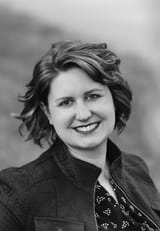Bootleggers, prostitutes, and gangsters in Rose Town
Tales of speakeasies on Roseville’s Lake Owasso shores

Legend has it, Al Capone, the Barker/Karpis gang, and wealthy businessmen looking for a discreet location to drink illegal booze and meet up with women stayed in lodgings on the south side of Lake Owasso, in what is now Roseville.
Stories have been passed down through the generations and between homeowners around the lake, at campfires and parties. Most of the original homes on Lake Owasso have been renovated, torn down, and rebuilt into modern lake houses, but the people who live there have deep roots on the lake. There are still people who lived on the lake in the first half of the twentieth century who have firsthand knowledge of those sordid days, and some of the old houses still have stories to tell.
The history of gangsters and illicit activities around Lake Owasso is documented on the Shoreview side, but less is known about the south side in what is now Roseville. What do we know about the resorts, speakeasies, and “roadhouses” along South Owasso Boulevard and what’s been lost to history?

In October, Craig and Joline Bundlie were in the process of selling and moving out of their Lake Owasso house at 595 Heinel Drive, which they’ve owned since 1984. They’re moving to Nashville and the new owner of the house plans to raze it to build a modern lake home. Their neighbors encouraged them to share their house’s history with the Roseville Reader.
Their home, originally built in 1934, is thought to have been a speakeasy and a cabin for gangsters and wealthy businessmen to rent for short stays, for drinking and “nooners” with women who weren’t their wives.
When the Bundlies moved in, they found an antique art deco wooden butler in the attic. Craig Bundlie saw it between the rafters. At first, he thought maybe it was a body.
“That guy scared the hell out of me,” Craig Bundlie said.
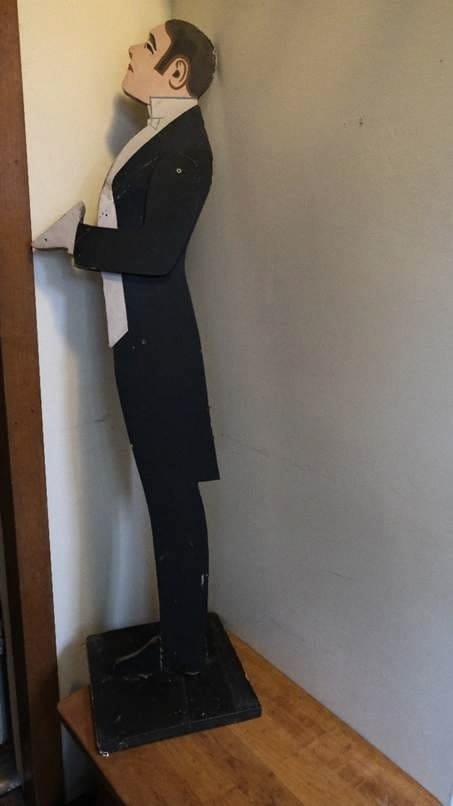
This type of décor was popular between 1919-1939.
“Everybody in the neighborhood knows that there used to be a speakeasy here. I talked to a woman who just passed on who remembers when it was a speakeasy. I wish I’d had a chance to talk to her more,” Joline Bundlie said. She can’t remember her name, but remembers the stories vividly.
The Bundlies also found antique booze bottles in the basement and in the lake, which neighbors say were tossed in the air and shot by the drunk guests at the lakeside roadhouses. Their home also has a sealed trap door in the living room, which is said to be where people hid from the police.
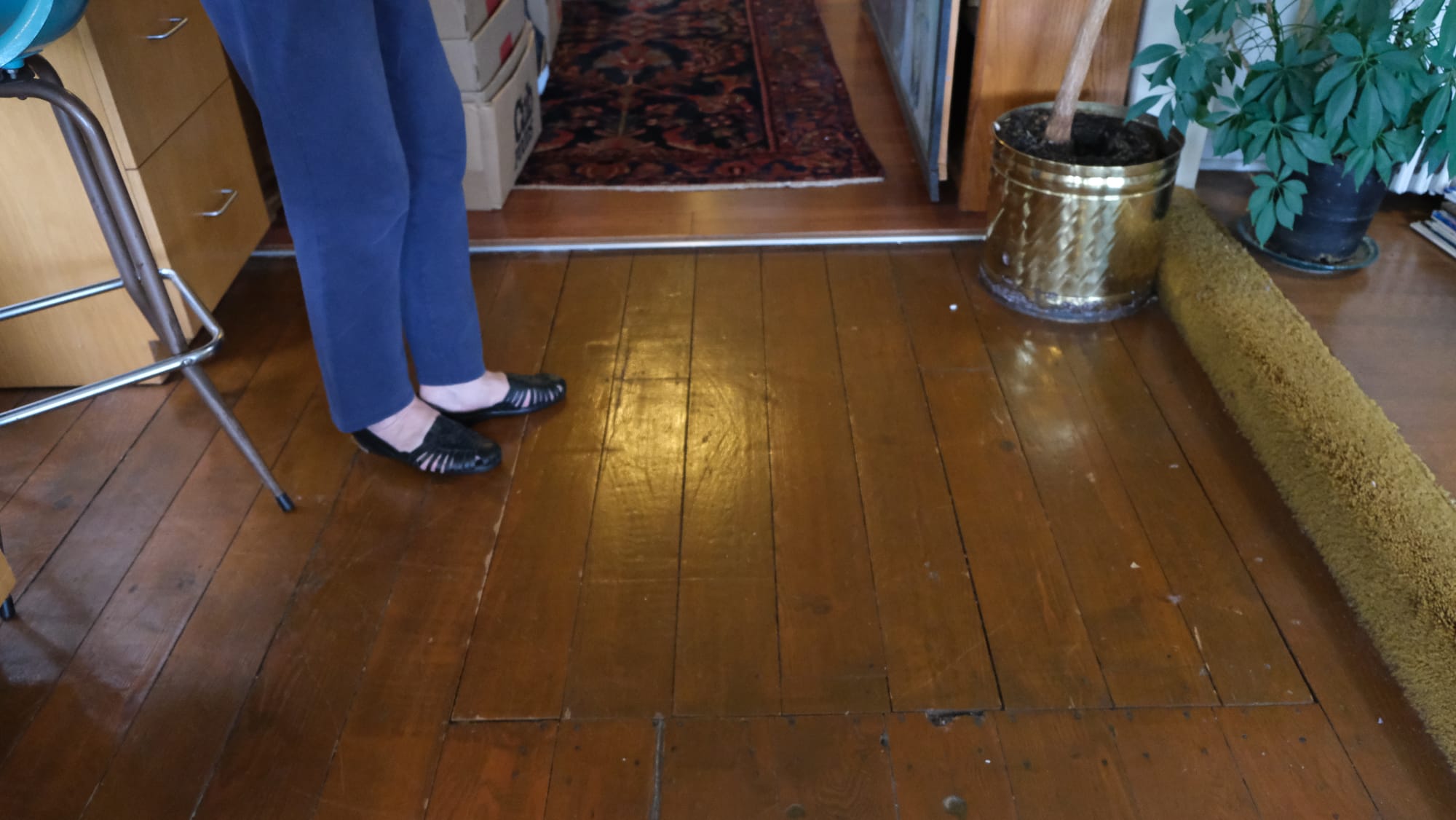
Gangster History
John O’Connor became chief of police in Saint Paul in 1900, 48 years before Rose Township incorporated as the City of Roseville. He instituted what is known as the “O’Connor Layover Agreement” which allowed criminals to stay in Saint Paul so long as they checked in with police upon arrival, agreed to pay bribes to city officials, and committed no major crimes in the city of Saint Paul. This agreement was in effect for forty years and had a significant impact on the region.

As a result, some of the most notorious gangsters in American history found refuge in Saint Paul. When prohibition of alcohol was in effect nationwide between 1919-1933, illegal sales and smuggling of alcohol rose and Saint Paul became known as one of the “wettest” cities in America. Bank robber John Dillinger, mob leader Al Capone, and members of the Barker-Karpis gang had homes in Saint Paul, according to the Minnesota Historical Society.
During that time, Lake Owasso was surrounded by forests and farmland. In the 1920s and 1930s, H.H. Chapman bought up much of the land on the north side of the lake. He opened two lakeside nightclubs: the Hawaiian Nite Club and Breezy Point. The south side of Lake Owasso was largely owned by A.K. Barnum, who bought up the land between what is now 425 Heinel and the end of South Owasso in the 1860s and 70s.

Chapman’s grandson Nito Quitevis speculated that Al Capone and the Barker gang stayed in cabins on the south end of the lake and may have visited these night clubs, according to a 2009 article by the Shoreview Press.
Is there anything to this speculation? Were the cabins on the south side of Lake Owasso, in what is now Roseville, part of Saint Paul’s sordid past?
Campfire Stories
Peggy Kennedy, who lives at 525 Heinel Drive, wanted to find out.
“I’ve been meaning to do it for 20 years and I could just kick myself because the people I really have been wanting to talk to have died in the last five years,” Kennedy said.
She and her husband Mike Feist live just a few doors down from the Bundlies. Their home was built on the site of an 1896 farmhouse. The original foundation is still in the basement, which was built over it in 1985. The remnants of a tunnel, which is believed to have been used to hide booze during prohibition, runs between the old foundation and the detached garage. The tunnel was sealed before Kennedy and Feist moved there, but the previous owners, Edward and Mary Snidarich, say their children used to play in it.
Kennedy joined the Roseville Reader in researching this history by talking to neighbors around the lake.
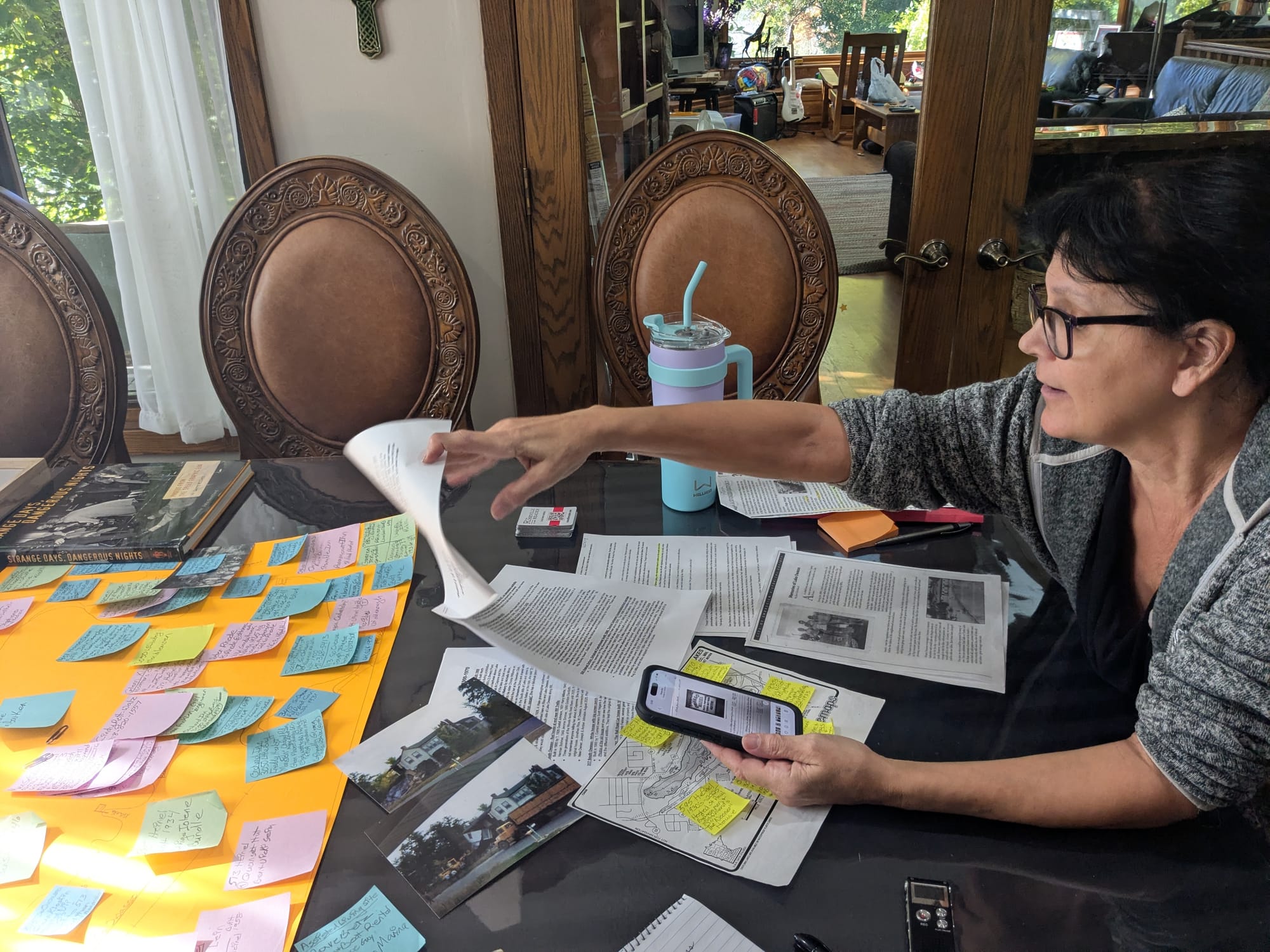
Several neighbors in their eighties and nineties who live around the lake told Kennedy the same story—gangsters, including Al Capone, stayed on the south side of Lake Owasso along the railroad track.
Don Rott, who lived on South Owasso Blvd, once told Kennedy that barrels of booze would be dropped off at the Railroad Trellis bridge between Rice St and South Owasso Blvd. Rott said men would row boats over to 525 Heinel to supply the speakeasies on the lake. Rott was born in 1931 and died in 2021.
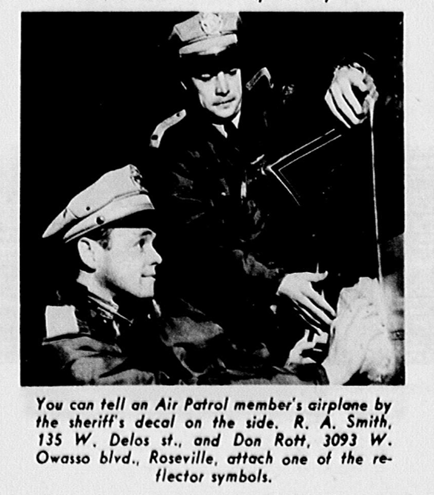
Kennedy’s neighbors also talk about cabins on the south side of the lake, where wealthy businessmen would bring their lovers, mistresses, or what some would call their “molls” This term was sometimes used to describe girlfriends to gangsters and other times it referred to sex workers. These activities lasted well past prohibition, Kennedy said.
"We always talk about this history around the campfire. These are the campfire stories," Kennedy said.
One of her neighbors, Roxanne Lien, grew up on the south side of the lake in the home her parents built in 1960 on Old Heinel Drive. She left Roseville in 1972 to become an international flight attendant, but is now retired and back on the lake in her childhood home. She writes fictional stories now, inspired by Saint Paul’s gangster past and the stories she grew up hearing on Lake Owasso. She remembers stories about “Paradise Cabins” and she and the other children were told they were “off limits.”
“There were stories about gangsters, bootleg liquor, and prostitution surrounding those little cabins in the woods,” Lien said. These are just stories, she said. She doesn’t know what is true and what is legend, but she enjoys writing her own fictional stories now and publishing them on Substack.
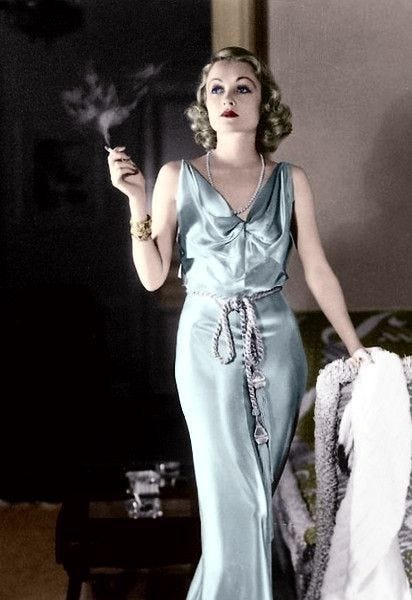
Glenn Kloskin, President of Boater’s Outlet on Lake Owasso, lived in a Quonset house at 513 Heinel in the 1960s. He worked for a man named Freddy Herbst who operated a resort called the Orchard Inn, which was located at 423 South Owasso Boulevard. He told Kennedy that Herbst would contact him at any time of day or night to plow the chained off driveway from South Owasso Boulevard to the house whenever he had a client coming in.
“It had a fancy kitchen bigger than the Saint Paul Hotel,” Kloskin said. “Freddy would cook up meals for his visitors—Saint Paul businessmen and their lady friends.”
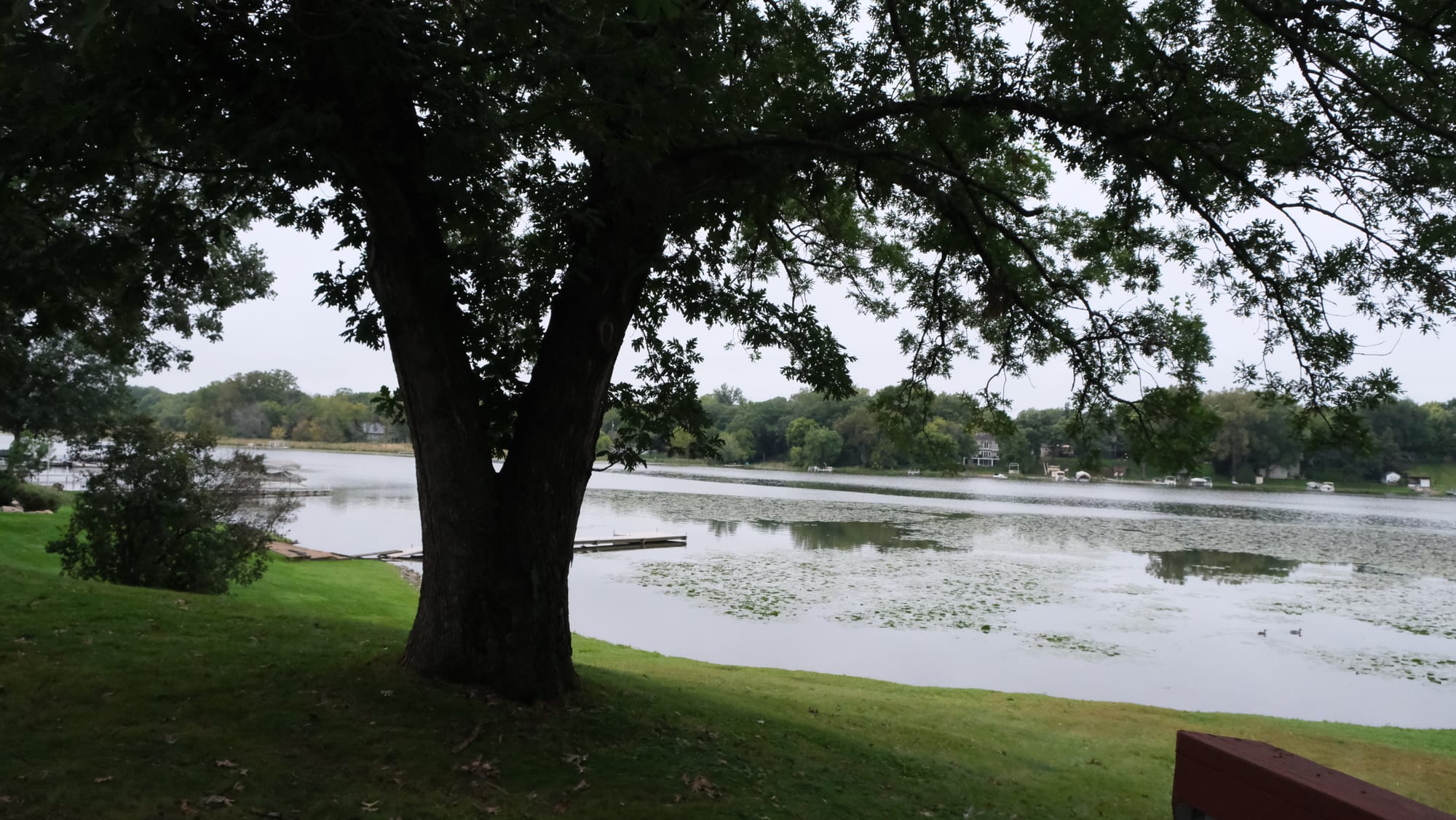
Sorting Fact from Fiction
It is difficult to independently confirm all of these stories, but the Roseville Reader, with the help of Lake Owasso resident Peggy Kennedy, is taking a journey down the rabbit hole of history to uncover the truth about the homes around the lake from the late 1880s to the mid-20th century. We’ve found fascinating stories about the colorful characters who once lived and worked on South Owasso Boulevard.
This research is nearly ready to share and will be published in a follow-up story soon. Be sure to subscribe to the Roseville Reader so you can be among the first people in Roseville to find out what we’ve discovered.
Call for information: If you have any information from your family history or independent research about the roadhouses and illicit activities that occurred along Heinel Drive and South Owasso Boulevard between 1900 and 1950 on the Roseville side of Lake Owasso, please contact us! We still have some pieces of the puzzle left to solve. Email news@rosevillereader.com

